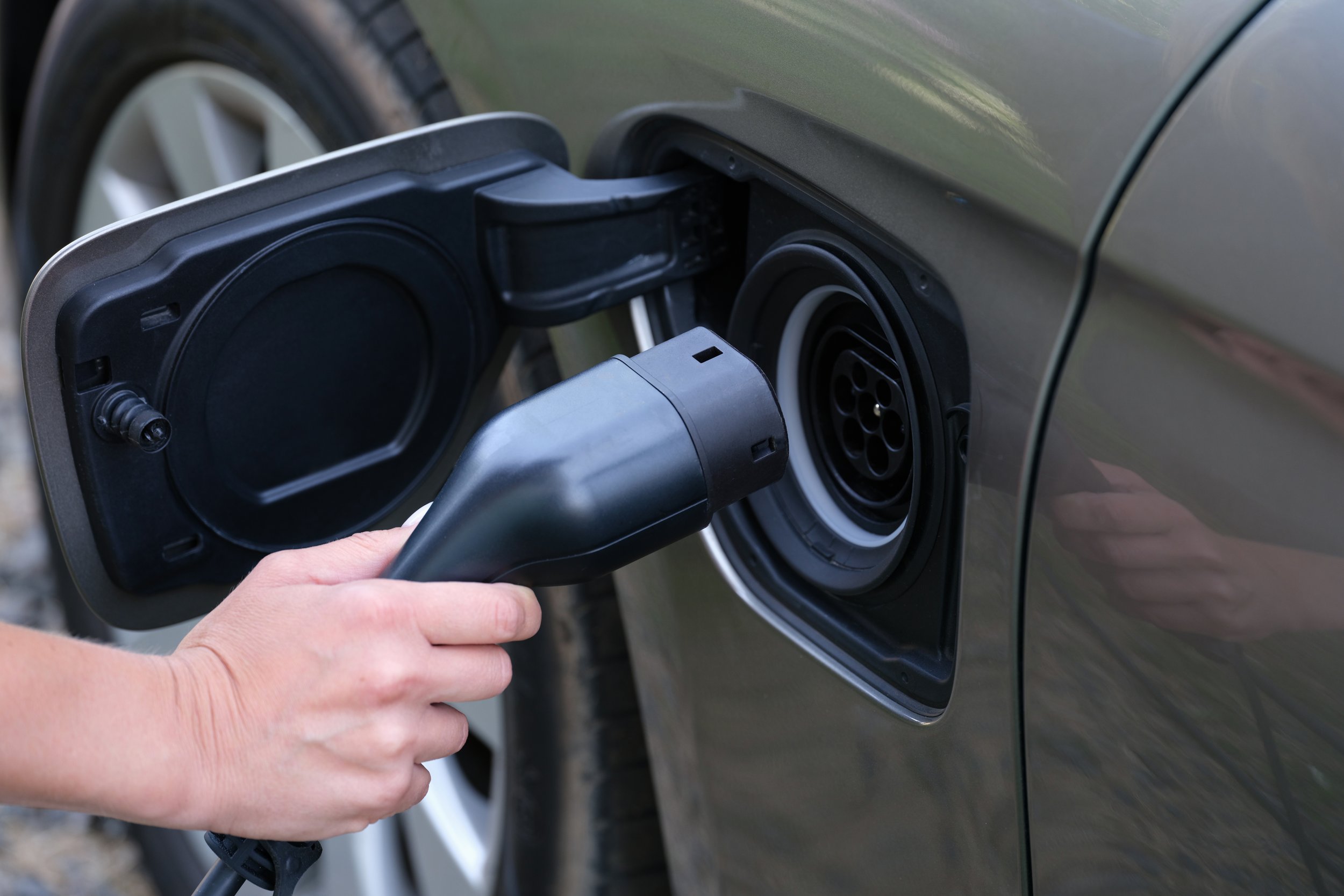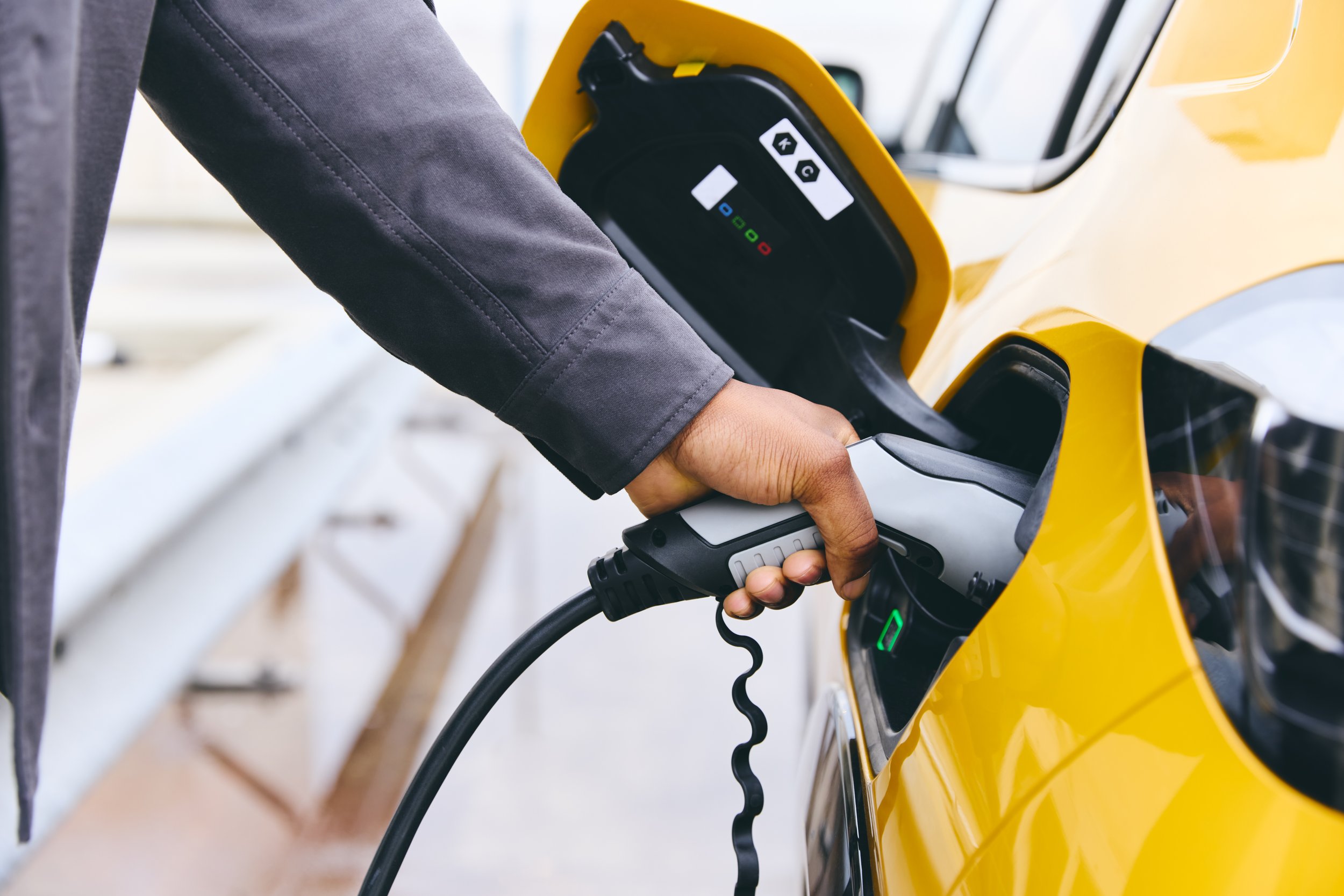EV 101: The Difference Between Level 1, Level 2, and Level 3 (DC Fast Charging) Electric Vehicle Chargers
Welcome To EV 101
Welcome to our EV 101 Series, where we answer the question: "I've heard a lot about Electric Vehicles, but where do I start?". Dive in with us as we help you understand your EV charging choices and other things to consider..
Introduction
With the rapid growth of electric vehicles (EVs) on our roads, understanding the different types of EV chargers is becoming increasingly important for residential customers, multifamily customers, property managers, property owners, and utility employees. The world of EV charging might seem complex at first, but by breaking down the key differences between Level 1, Level 2, and Level 3 (DC Fast Charging) chargers, you'll be better equipped to make an informed decision that suits your specific needs.
In this comprehensive guide, we’ll provide a detailed comparison of the three main levels of EV chargers, discussing their technical specifications, charging speeds, costs, and use cases. By the end of this article, you'll have a clearer understanding of each charger type and be better prepared to choose the right charging solution for your property.
As an expert in electric vehicles and sustainable technology, we’re here to help you navigate the world of EV charging. If you have any questions or need assistance with your EV charging installation, feel free to contact GreenMarbles for tailored advice and support.
Level 1 Charger: Basics and Benefits
Definition and technical specifications
Level 1 chargers are the most basic and widely available type of EV charging solution. These chargers use a standard 120-volt (V) household electrical outlet, which means they don't require any special installation. A Level 1 charger typically comes with your electric vehicle, so there's no need to purchase additional equipment.
Charging speed and use cases
As the simplest option, Level 1 chargers offer the slowest charging speed among the three levels. They typically provide around 2 to 5 miles of driving range per hour of charging. While this may not be ideal for quick top-ups or long-distance travel, it's perfectly suitable for overnight charging at home or low-mileage daily commutes.
Electric vehicle charging station cost considerations for Level 1
One of the main advantages of Level 1 chargers is their cost-effectiveness. Since they don't require any special installation, the electric vehicle charging station cost is significantly lower compared to Level 2 and Level 3 (DC Fast Charging) chargers. All you need is a standard 120V outlet, and you're good to go.
Pros and cons
Pros:
Low cost: No need for additional equipment or special installation.
Wide availability: Compatible with standard 120V outlets found in most households.
Easy to use: Simply plug your EV into the charger, and you're set.
Cons:
Slow charging speed: May not be suitable for users who need faster charging or have longer daily commutes.
Limited driving range per hour of charging: Not ideal for long-distance travel.
In summary, Level 1 chargers are a cost-effective and widely available solution for those who primarily use their EVs for short commutes and can afford to charge their vehicles overnight. However, if you require faster charging or have more demanding daily driving needs, you might want to consider a Level 2 charger or Level 3 (DC Fast Charging) charger for a more efficient charging experience.
Level 2 Charger: A Step Up in Charging Speed and Efficiency
Definition and technical specifications
Level 2 chargers offer a significant upgrade in charging speed compared to Level 1 chargers. These charging stations require a 240-volt (V) electrical supply, similar to what's used for large household appliances like electric ovens and clothes dryers. Level 2 chargers deliver a higher power output, typically ranging from 3.3 to 19.2 kilowatts (kW), depending on the charger and vehicle's compatibility.
Charging speed and use cases
With a Level 2 charger, you can expect to add about 10 to 60 miles of driving range per hour of charging, depending on the charger's power output and your vehicle's charging capability. This makes Level 2 chargers a popular choice for home charging, workplace charging, and public charging stations. They offer a practical solution for EV owners with longer commutes or those who need a quicker charge during the day.
Charging station installation cost considerations for Level 2
While the charging station installation cost for a Level 2 charger is higher than that of a Level 1 charger, the investment often pays off in terms of convenience and time savings. The installation cost may vary depending on factors like the charger's power output, required electrical upgrades, and labor rates in your area. It's important to obtain a detailed quote from a qualified electrician or an EV charging installation provider like GreenMarbles to accurately assess the costs involved.
Pros and cons
Pros:
Faster charging speed: Suitable for longer commutes and quicker charging during the day.
Increased driving range per hour of charging: Offers greater flexibility for daily driving needs.
Versatility: Can be installed at home, workplaces, or public charging stations.
Cons:
Higher installation cost: Requires a dedicated 240V electrical supply and professional installation.
Possible need for electrical upgrades: Some homes or properties may need upgrades to accommodate the higher power output.
Level 2 chargers provide a more efficient and versatile charging solution for EV owners who require faster charging speeds or have longer daily commutes. Although the initial investment is higher than that of a Level 1 charger, the benefits of quicker charging and increased driving range per hour of charging make Level 2 chargers a popular choice for many EV users.
Level 3 Charger (DC Fast Charging): The Fastest Charging Solution
Definition and technical specifications
Level 3 chargers, also known as DC Fast Chargers, represent the pinnacle of EV charging technology. These chargers use direct current (DC) rather than alternating current (AC) to deliver power, which enables much faster charging times compared to Level 1 and Level 2 chargers. Level 3 chargers typically have a power output range of 50 to 350 kilowatts (kW), although most public DC Fast Charging stations currently offer 50 to 150 kW.
Charging speed and use cases
The charging speed of Level 3 (DC Fast Charging) stations is significantly faster than Level 1 and Level 2 chargers. Depending on the charger's power output and your vehicle's compatibility, you can expect to add 60 to 200 miles of driving range in just 20 to 30 minutes of charging. This makes Level 3 chargers ideal for long-distance travel, highway rest stops, and high-traffic urban areas where a quick top-up is essential.
Electric car charger installation cost considerations for Level 3 (DC Fast Charging)
The electric car charger installation cost for a Level 3 (DC Fast Charging) station is considerably higher than Level 1 and Level 2 chargers. Factors that contribute to the cost include the charger's power output, required electrical infrastructure upgrades, and installation complexity. Due to the high power requirements, Level 3 chargers are typically found in commercial and public settings, although some high-end residential properties may choose to install them as well.
Pros and cons
Pros:
Fastest charging speed: Ideal for long-distance travel and quick top-ups during busy days.
Substantial driving range per charging session: Can add significant mileage in a short amount of time.
High demand: Appeals to EV drivers who value time savings and the convenience of rapid charging.
Cons:
High installation cost: Requires significant investment in both equipment and electrical infrastructure.
Limited compatibility: Not all EVs can utilize the full power of Level 3 chargers, and some may not be compatible at all.
Potential impact on battery life: Frequent use of DC Fast Charging may reduce battery life in some electric vehicles over time.
Level 3 (DC Fast Charging) chargers offer the fastest charging solution available, making them an attractive option for EV drivers who need a quick top-up during long trips or busy days. While the installation cost is significantly higher than Level 1 and Level 2 chargers, the convenience of rapid charging may justify the investment for certain commercial properties and public charging networks.
Choosing the Right Charger for Your Property
Factors to consider for residential customers, multifamily customers, property managers, property owners, and utility employees
When deciding which type of EV charger is best for your property, several factors should be taken into consideration:
Charging speed: Evaluate how quickly you need your EV to charge based on your daily driving habits, commute distance, and access to public charging infrastructure.
Installation costs: Assess the charging station installation cost for Level 1, Level 2, and Level 3 (DC Fast Charging) chargers and determine which option fits within your budget.
Compatibility: Ensure that the charger you choose is compatible with your electric vehicle and can deliver the power output required for efficient charging.
Location and accessibility: Consider where the charger will be installed and whether it will be easily accessible for users (e.g., a private garage, a shared parking space, or a public charging station).
Future-proofing: As electric vehicle adoption continues to grow, it's wise to invest in a charger that can accommodate future needs, such as increased power output or compatibility with new EV models.
Potential incentives and rebates for EV charging installation
Before making a decision, it's essential to research available incentives and rebates that could reduce the electric car charger installation cost. Various federal, state, and local programs offer financial support for EV charging infrastructure installation. These incentives can help offset the initial investment and make your chosen charging solution more affordable.
Conclusion
In conclusion, selecting the right EV charger for your property involves a careful evaluation of your specific needs, budget, and driving habits. By comparing the features, benefits, and drawbacks of Level 1, Level 2, and Level 3 (DC Fast Charging) chargers, you can make an informed decision that best suits your requirements. Don't hesitate to reach out to GreenMarbles, your trusted EV charging installation provider, for tailored advice and support throughout the decision-making process.



